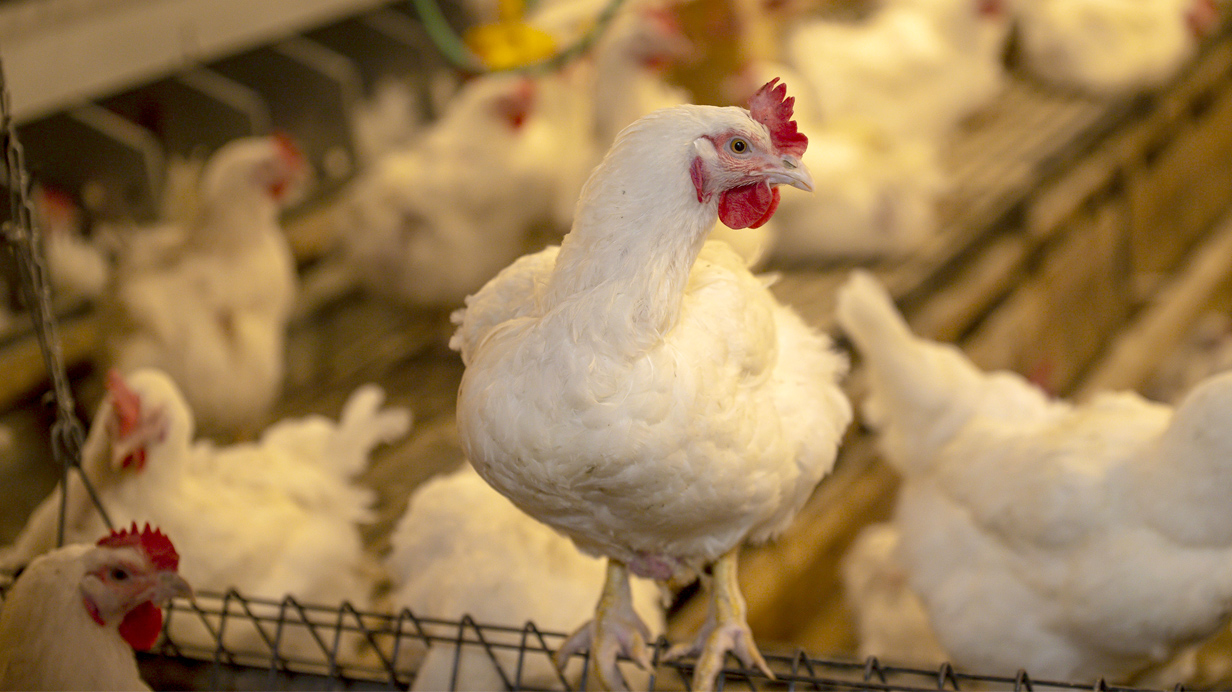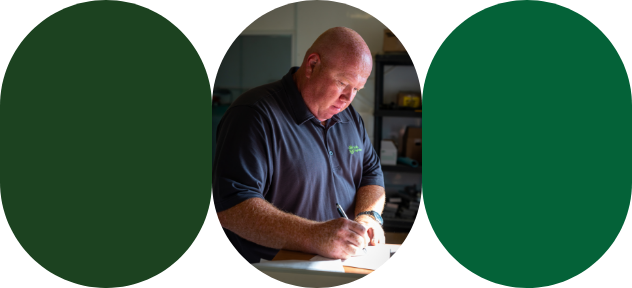Layer and replacement pullet management
To thrive and be healthy, layers and replacement pullets must be reared according to best practices for management, temperature, and feeding.
Recommended minimum space
Floor space per bird may vary depending on:
Bird size
Bird breed
Whether or not the birds have access to the outdoors
Whether or not the facility is insulated and ventilated
Temperatures ranging from 18 to 27 °C (65 to 80 °F) yield good laying performance. However, adult birds can tolerate temperatures of 8 °C (45 °F). Plan for extra heat if temperatures drop below 8 °C (45 °F).
Controlled ventilation will be necessary if humidity and ammonia levels become a problem.
Perch
If you plan to use perch during the laying period, these can be installed once the pullets turn six weeks old.
Provide 15 cm (6 in.) of roost space per bird. If the pullets are kept in a facility other than the layer barn, they will need to be moved once they turn 18 to 20 weeks old.
Be sure to clean and disinfect the barn and equipment before placing the layers in it.
Bedding
Use wood shavings, straw, or other material to create 8 to 10 cm (3 to 4 in.) of thick bedding for the future layers.
For each group of four layers, provide a nest measuring 30 cm X 30 cm X 30 cm (12 in. X 12 in. X 12 in.).
Lighting
Lighting affects sexual maturity, behaviour, egg laying rate, and egg size. There are two basic rules to follow:
Never increase or decrease the day length (number of hours of light per day) or light intensity for growing pullets, as this will affect their maturity.
Never decrease the day length or light intensity for layers.
Chicks should be given 24 hours of light for the first three days followed by 22 hours of light for four days.
The number of hours of light per day should be reduced gradually to 10–12 hours based on the hen breed. Normally, 30 days is the ideal age at which to reduce the number of hours of light per day from 22 to 10–12. However, you should follow the recommendations of the hatchery operator who sold the pullets.
When hens turn 18 weeks old, it is generally recommended to increase the day length by one hour each week until the day length is 16 hours long so as to stimulate them to start laying.
You should then continue to provide your hens with 16 hours of light per day. Layers require a light intensity of 1 foot-candle (10 lux). One 60-watt bulb per 18.5 m2 (200 sq. ft.) meets this requirement. An automatic timer is key to controlling the day length.
Egg collection
Eggs should be collected at least once a day. Collect the eggs frequently to minimize the number of broken and soiled eggs and prevent the hens from brooding or eating the eggs.
Keep nest litter clean to prevent the eggs from becoming soiled. Store the eggs at 13 °C (55 °F) or less.


